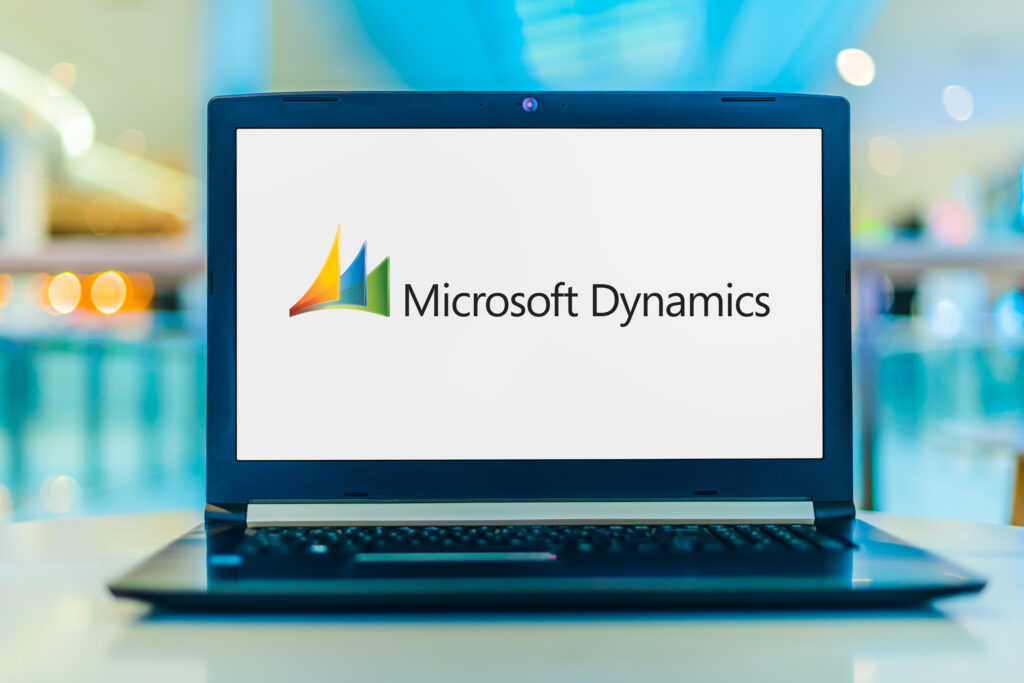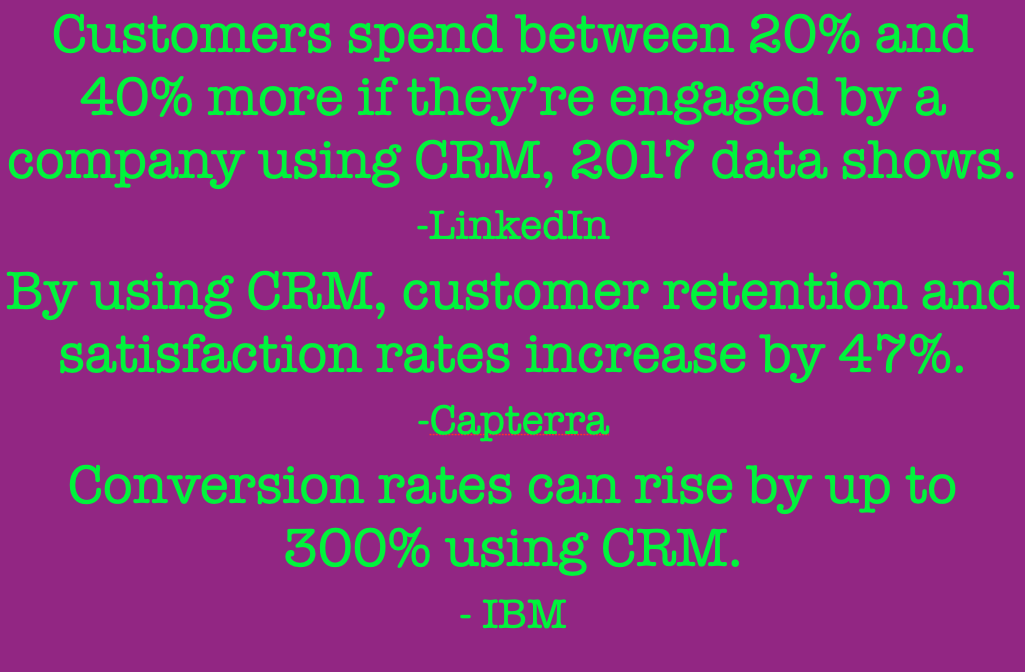Today’s Data Center has an increasingly significant role in society. Much like a farm, a data center is mission critical. While the farm fuels our physical activity, the data center powers our digital world. Technology has woven itself into every facet of life and without the data center, none of today’s life-changing innovations would be possible.
What is a data center? Think of the data center as the skull which houses and protects a technological brain. This brain can have a wide variety of functions like serving end-users social media content, delivering TV broadcasts, driving your car, monitoring your washing machine, turning on and off your lights remotely, banking, and so much more. You name the tech innovation, and I will show you the data center or data centers powering that functionality.
The cloud is nothing more than a set of data centers with shared storage and computing resources. The cloud is servers in multiple data centers. Of course, some companies sell access to their cloud with only a single data center supporting it, others make the claim using other clouds they partition off as their own, and the largest, most reputable cloud providers have their own infrastructure composed of private data centers coupled with space in the leading colocation facilities with a high degree of resiliency. The configuration of a cloud is not set in stone, but it is a best practice to deploy in a hybrid environment distributed across diverse geographies and technologies for redundancy purposes.
Data centers can serve a variety of purposes. Some are nefarious like hosting gambling and adult websites; others may be the complete opposite serving basic tasks like depositing a check, making a Zoom call, or even watching the news. Some data centers are on total lockdown with multiple secure points of entry including biometric access controls and armed guards while others may simply be a shipping container or a windowless concrete structure.
Below is a list of today’s data center use cases
Phone calls and video conferencing:
Phone systems and video conferencing solutions like Zoom, Microsoft Teams, GoTo, WebEx, 8×8, RingCentral, Mitel and others have their equipment in data centers. The first part of the communication is supplying dial tone, then there is the feature server that allows for functionalities like transferring or forwarding a call, adding someone to a call like a three way or conference call, sharing a desktop and your video feed all happens in servers collocated in data centers.
Banking and Financial Services:
The adage cash is king is not as relevant as it once was. Most of our banking is digital, both domestic and global. Whether depositing a check, overnight FOREX, or simply splitting the bill at a restaurant, it happens in the data center. What you see on your device is communicated back to an elaborate infrastructure of computing power designed to securely transact financially. Even the stock exchanges no longer need the trading floor, that all happens in data centers in Mahwah or Carteret NJ.
Cryptocurrency and Blockchain:
By and large, cryptomining is not taking place in your traditional data center collocation facility. Cryptomining needs less bandwidth and security than the other mentioned use cases. More importantly, the equipment doesn’t fit in standard 42U data center racks. Mining operations are focused on efficiency of processing, heat dissipation, and a low price per kilowatt hour. You’ll see mining operations in standalone storage container units without back up power, on home gaming systems, and a wide variety of unique deployments. They don’t follow compliance requirements like SOC2, Sarbanes Oxley, or others and can be a hazard to their surrounding community from the heat they give off, noise they make, and potential hazards that come along with equipment fires. It’s truly the wild west with no regulation and a lot of crime.
Blockchain on the other hand, the ledger behind cryptocurrency, NFTS and similar technologies, doesn’t consume as much power as mining. Again, that’s because ledger storage is less process intensive than ledger editing, verification and the other associated processes needed for mining cryptocurrency. Cryptocurrency mining uses high powered graphics processors or GPUs instead of traditional processors. These GPUs create a high degree of heat and can overheat damaging itself and other servers collocated near it. This is only one reason for many traditional data centers don’t allow cryptomining and many times require clients to supply an equipment list to collocate their technology equipment.
IoT (Internet of Things) Devices:
Smart appliances and lights, smart irrigation systems for gardens, sensors and alarms, all talk back to centralized hubs in the cloud. They send data to their respective server to be processed. Things like saving video, playing back video, livestreaming, fitness wearables all talk back to their cloud. For example, a washer/dryer equipped with smart technology might communicate to an eCommerce platform to automatically buy detergent after a certain given period. The data these devices generate adds up quickly. According to TechJury there will be 64 billion IoT devices worldwide by 2025. Though IoT devices typically communicate in smaller package sizes and don’t generate a great deal of heat, with the number of devices in the wild there is an enormous amount of data points generated.
Social Media:
All those Instagram Reels, Stories, whatever it is you do on TikTok, your Facebooks photos, and posts across various platforms must exist somewhere. They exist in a data center. Facebook has built massive data center complexes and so have other social media companies. Your social media activity doesn’t necessarily all exist in the same place.
Social media sites are publicly deployed SharePoint servers with a very user-friendly interface. Pictures and videos may exist in two physically distinct servers. The Meta, FaceBook and Instagram platforms are all under one company, but all have different data centers, or as referred to earlier, skulls. According to JustAskeThales.com, interacting on a social media site uses 2.6M per minute or 3 Gigabyte if used an hour a day for a month. According to Statista, the global average per person is two and a half hours per day spent on social media.
IPTV
The two forms of IPTV or delivering video content to viewers over the internet are streaming like YouTube, where short videos are consumed on demand, and traditional IPTV which has higher quality content delivered in a manner as close to original broadcast as possible. It includes Video on Demand services like Netflix but today, providers like DirecTV NOW and YouTube TV are even airing live broadcasts of sporting events.
Sporting events take a notorious amount of data due to the live action, volume of cameras, and high-definition video they’re able to capture and broadcast. A decade ago, finding an IPTV provider with the rights to broadcast the NFL, NBA, MLB was nearly impossible. Fast forward to 2022 and it’s a necessity to have sports broadcasts rights as an IPTV provider and to provide that content to users and ensure a high-quality experience. This is all made possible by advances in many technologies such as broadband of course but more importantly video compression technology. Additionally, the rise of edge data centers for delivering content last mile has grown.
As equipment becomes smaller and bandwidth more ubiquitous IPTV providers will need to have their equipment closer to their end user to supply the best user experience possible. Do you remember what it was like watching video on dial-up or a 3G cell signal? IPTV needs sequentially and efficiently be delivered, decoded and decompressed. Video delivery is time sensitive.
Soon, we’ll see more real-time and latency sensitive technologies getting closer to the edge. In fact, the edge data center market has grown over 12% in 2021 with projections of $8.72 billion dollars of incremental growth between 2020 and 2025. This is because we are using more of the above technologies to increase our quality of life. According to TechNavio 46% of the growth can be attributed to North America. That makes sense given the North American economy, consumer habits, and the fact that there are over 11 billion IoT devices in use currently across the globe.
A data center supplies a home for a computer system. A computer system can be broken down into two parts, storage and processing. Storage is less power intensive because it is simply data at rest, accessing said data requires processing power. Processing is what heats up your phone when you watch too many YouTube videos or are on social media too much.
Chips are in high demand and legislation is on the table to boost semiconductor manufacturing right here in the USA. Chips from companies like Intel and AMD are a key part of all computing. Apple has its new M1 chip, but supply chain constraints hit their production as well.
Mission Critical means that a system cannot do without this essential cog in its wheel. In 2008 banks were considered too big to fail because they are mission critical to the financial system. Matters of national security, responsible for human life and the continuity of society as we know it, are mission critical at its highest level. For data centers, power is absolutely mission critical so positioning on the right grid or multiple energy grids, automatic generators, renewables, and batteries are of key significance.
Lithium-Ion vs Nickel-Zinc Batteries
The power grid, hospitals, roads, etc., supply safety and security to massive amounts of citizenry. Farms are absolutely mission critical. Can you imagine what the country would like if it did not produce enough food for its population? That’s why the NSA and Department of Homeland Security recognized farm workers as essential during the COVID-19 pandemic. We simply cannot lose our food supply. Data centers have a comparable status.
Hopefully from the list above it’s clear why the data center is of mission critical importance. Of course, banking operations, your smart appliances, and autonomous cars need to communicate with the data centers that control them but, more importantly, the emergency services and national security that data centers empower is of the highest mission critical status. The old telco pops and central offices are largely being converted to data centers. Since calling now uses SIP instead of TDM, telecom equipment is smaller and more efficient allowing for carriers to provide colocation to other technology providers in their latent space.
Even cell providers want access in the data center. Equipment being smaller and more powerful, coupled with the availability of bandwidth, allows technology providers, including phone companies, to have a more geographically diverse infrastructure. This allows for more latency sensitive technology to become ubiquitous, adding a layer of security via guaranteed high speed data transmission to technology like autonomous driving, video conferencing, controlling drones, monitoring video feeds from municipal CCTV systems. Simply put, these technological advances lead to users being able to watch live sports on their cell phones wherever they are. Imagine what it can do on a governmental level.
Processing creates a lot of heat and has a much higher power consumption rate in comparison to basic storage. Cryptocurrency mining requires such a high degree of processing that most mining operations use graphics cards to get the most out of their power bill and pay close attention to their price per kilowatt hour. If you have ever played a gaming system for a few hours you know how hot the consoles can get, even with the best fans. Your first-generation flat screen heated up quite a bit as well after hours of TV watching, didn’t it?







